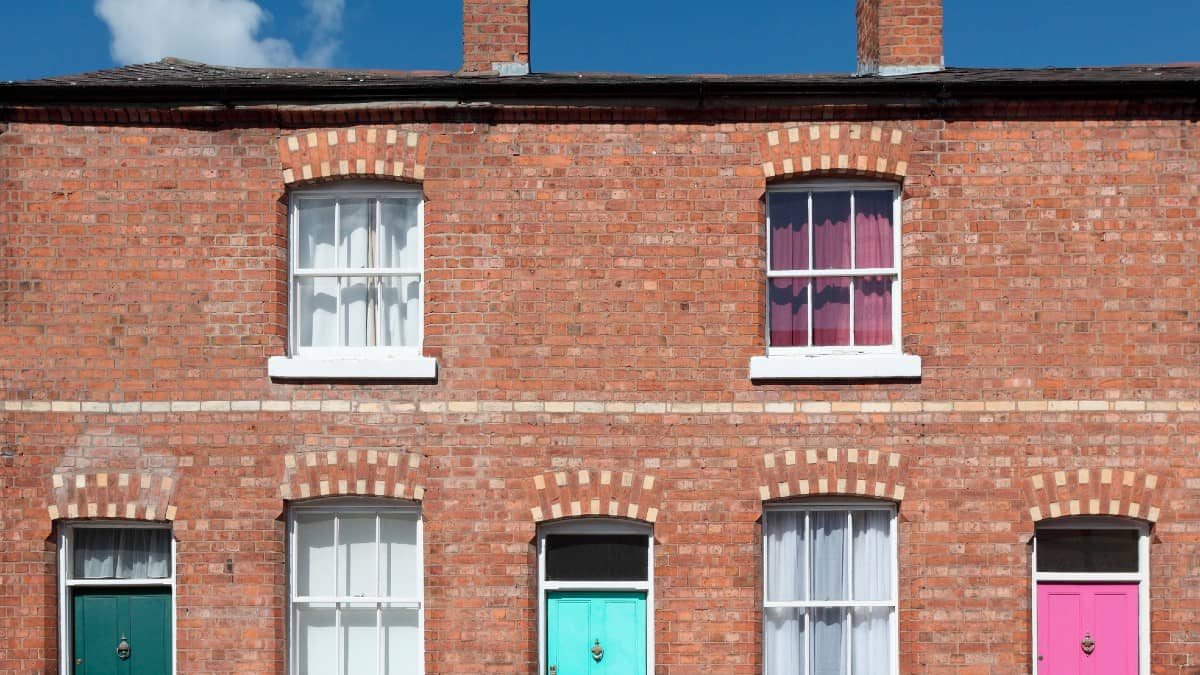Touted as a way to allow aspiring homeowners without the means to pay a full mortgage or a large deposit to access their dreams faster, the government-backed shared ownership scheme lets you buy 25% to 75% of a new build or resale home whilst paying rent to a housing association on the rest. To buy the remainder of the property, you must undergo a process called “staircasing” for which the housing association will perform a property valuation, and you’ll have to remortgage your home.
The shared ownership scheme is designed for households earning £90,000 a year or less in London, or £80,000 a year or less elsewhere in the country. To participate, you must be a first-time buyer or someone who previously owned a home but is not currently able to afford one. Existing shared owners are also eligible. Notably, shared ownership properties are always leasehold as opposed to freehold, which means that you only have the right to the property for a fixed amount of time, after which it belongs once more to your landlord.
Shared ownership: pros
The main advantage of the shared ownership scheme is essentially what it says on the tin: the scheme makes it easier for certain types of households to achieve full ownership due to smaller deposit requirements (5-10% of the price of your ownership share rather than of the property’s market value). Under shared ownership, if the property value of your home increases, the portion that you own will also increase in value. In this situation, the scheme has an advantage over renting, as you’d have equity in the property.
Should you invest £1,000 in Lloyds Banking Group right now?
When investing expert Mark Rogers has a stock tip, it can pay to listen. After all, the flagship Motley Fool Share Advisor newsletter he has run for nearly a decade has provided thousands of paying members with top stock recommendations from the UK and US markets. And right now, Mark thinks there are 6 standout stocks that investors should consider buying. Want to see if Lloyds Banking Group made the list?
Other perks of shared ownership include the fact that the rent you pay can be less than the market rate, most often 2.75% of the property value each year. Additionally, since a certain number of shared ownership properties must be present for developers to receive planning permission, these properties are often located in private developments, which, depending upon your preference, might be a big plus. Shared ownership is particularly attractive for those 55 or older, as the Older People’s Shared Ownership (OPSO) scheme allows you to stop paying rent on the remainder once you own 75% of the property.
Shared ownership: cons
If, like me, you’re someone who baulks at the thought of payment plans and would rather purchase outright whenever possible, you might already see some downsides to shared ownership schemes. However, even I was initially drawn in by the scheme’s promises of easy access to the property ladder. While the shared ownership scheme might be a great option for some, it’s important to remove one’s rose-tinted glasses and examine the truth of the matter: there are a variety of reasons that, even if you qualify for the scheme, you may want to forego the opportunity and save up to put down a full deposit the old-fashioned way.
First, there are the limitations. In addition to the limits on where you can live, given that only certain properties qualify, there is the fact that you can only staircase three times. Also, if you decide you’d like to sell your home before you own 100% of the property, the housing association has the right of first refusal aka the right to buy it first or to find a buyer for your home. The leasehold aspect is another disadvantage, especially for those who aspire to one day own a home with no strings attached. Regardless of your aspirations, participating in the scheme means that you essentially remain a tenant until you graduate to full (temporary) ownership, which means that you have to deal with all of the stressors, bureaucracy, and interpersonal strife that often come with renting.
The financial uncertainty of shared ownership is another major drawback. For instance, when you staircase, you will be buying new shares at the current market price for properties in your area, which might well be more than you paid for your original share. You will also have to pay the valuer’s fee on behalf of the homeowner’s association so that they can tell you the cost of your additional share. Furthermore, the necessity of remortgaging will likely mean higher monthly payments on that front. In the long run, this may well mean that your rent and mortgage repayments combined will equate to as much as or more than the repayments on a full mortgage would be. Finally, first-time buyer exemptions to Stamp Duty Land Tax (SDLT or “stamp duty”) do not always apply with shared ownership.







